Home>Furniture & Design>Outdoor Furniture>What Outdoor Plants Are Poisonous To Dogs?
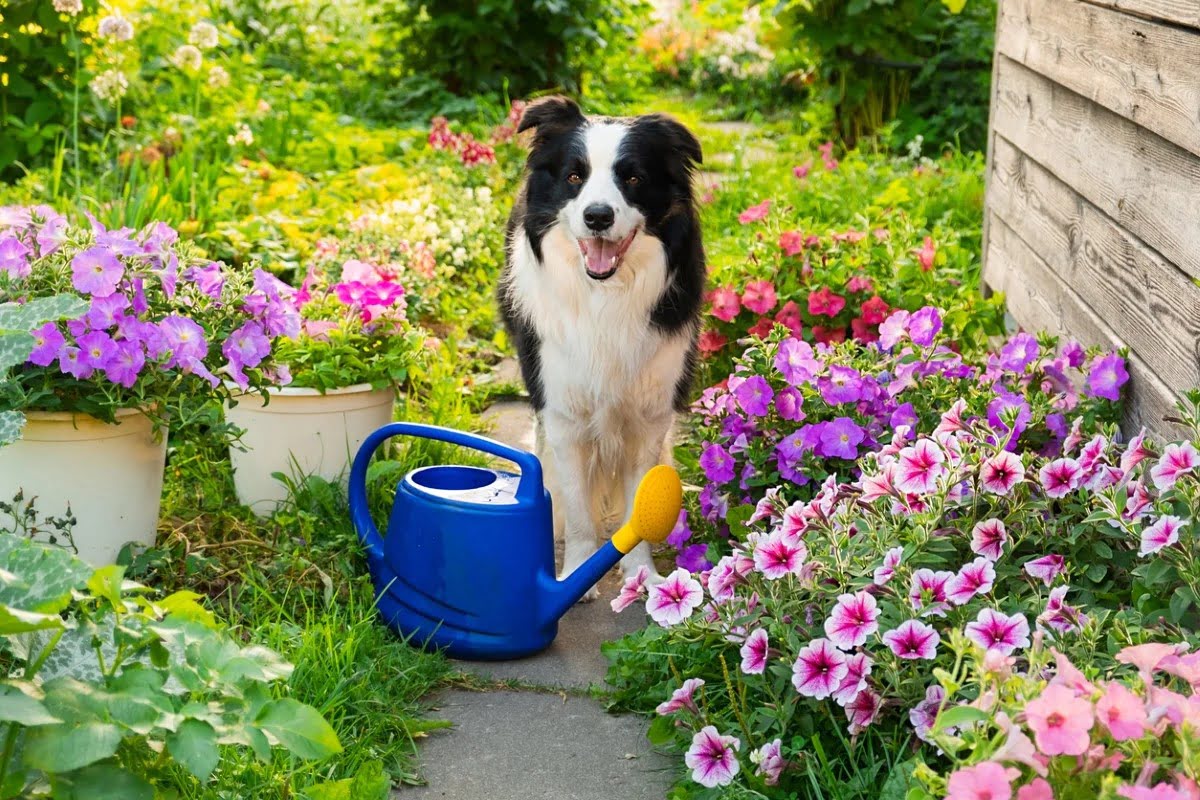

Outdoor Furniture
What Outdoor Plants Are Poisonous To Dogs?
Modified: February 18, 2024
Discover which outdoor plants are poisonous to dogs and how to keep your furry friends safe. Learn more about outdoor furniture, furniture, and design for a dog-friendly garden.
(Many of the links in this article redirect to a specific reviewed product. Your purchase of these products through affiliate links helps to generate commission for Storables.com, at no extra cost. Learn more)
Introduction
Welcoming a furry friend into your home brings immeasurable joy and companionship. As a responsible pet owner, it's essential to create a safe environment for your canine companion, especially when it comes to outdoor spaces. While lush greenery and colorful blooms can enhance the appeal of your outdoor living area, it's crucial to be mindful of the potential hazards posed by certain plants, as some outdoor plants can be toxic to dogs.
In this comprehensive guide, we'll explore common outdoor plants that are toxic to dogs, delve into the symptoms of plant poisoning in dogs, discuss preventive measures to safeguard your canine companion, and provide essential steps to take if your dog ingests a toxic plant. By gaining a deeper understanding of these crucial aspects, you'll be better equipped to ensure your dog's well-being and create a secure outdoor environment where both you and your furry friend can thrive.
Key Takeaways:
- Keep your furry friend safe by avoiding toxic outdoor plants like azaleas, sago palms, and lilies. Recognize symptoms of plant poisoning and act swiftly to protect your dog’s well-being.
- Create a pet-friendly outdoor space by choosing non-toxic plants, supervising outdoor activities, and knowing what to do if your dog ingests a toxic plant. Prioritize your dog’s safety for a harmonious outdoor experience.
Common Outdoor Plants Toxic to Dogs
While the great outdoors offers a plethora of natural beauty, it also harbors potential dangers, particularly for our canine companions. Many common outdoor plants can be harmful or even fatal to dogs if ingested. It’s important to be aware of these toxic plants to prevent accidental poisoning. Here are some of the most prevalent outdoor plants that pose a threat to dogs:
- Azaleas and Rhododendrons: These vibrant flowering shrubs contain toxins that can cause vomiting, diarrhea, and even more severe symptoms such as coma and death in dogs.
- Sago Palm: A popular ornamental plant in many landscapes, the sago palm is highly toxic to dogs. Ingestion can lead to liver failure and potentially be fatal.
- Oleander: Known for its attractive, fragrant flowers, oleander is extremely toxic to dogs. Ingestion can result in severe digestive and cardiac issues.
- Certain Lilies: While lilies are beloved for their elegance, some varieties, such as Easter lilies and daylilies, are toxic to dogs and can cause kidney failure.
- Castor Bean: The seeds of the castor bean plant contain ricin, a potent toxin that can be fatal to dogs if ingested.
- Autumn Crocus: This plant contains toxins that can cause gastrointestinal upset, organ damage, and even failure in dogs.
- Yew: All parts of the yew plant, including the berries and foliage, are toxic to dogs and can lead to symptoms such as difficulty breathing and seizures.
- English Ivy: While often used as a ground cover, English ivy can cause vomiting, abdominal pain, and hypersalivation in dogs when ingested.
- Chrysanthemum: This popular flowering plant contains pyrethrins, which can cause symptoms such as vomiting, diarrhea, and skin irritation in dogs.
- Daffodils: All parts of the daffodil plant, especially the bulbs, contain toxins that can cause vomiting, salivation, and other symptoms when ingested by dogs.
It’s important to note that this is not an exhaustive list, and there are many other outdoor plants that can be harmful to dogs. As a responsible pet owner, it’s crucial to research any new plants before introducing them to your outdoor space and to consult with a veterinarian if you have any concerns about specific plant toxicity.
Symptoms of Plant Poisoning in Dogs
Recognizing the symptoms of plant poisoning in dogs is vital for prompt intervention and treatment. The signs of plant toxicity can vary depending on the specific plant ingested and the quantity consumed. If you suspect that your dog has ingested a toxic plant, it’s crucial to monitor their behavior and physical condition closely. Here are common symptoms of plant poisoning in dogs:
- Gastrointestinal Distress: Vomiting, diarrhea, and drooling are common initial signs of plant poisoning in dogs. These symptoms may be accompanied by abdominal pain and a reluctance to eat or drink.
- Difficulty Breathing: Ingesting certain toxic plants can lead to respiratory distress in dogs, manifested by rapid or labored breathing, coughing, or wheezing.
- Cardiac Symptoms: Some toxic plants can affect the heart, leading to irregular heartbeats, weakness, collapse, or even cardiac arrest in severe cases.
- Neurological Issues: Dogs may exhibit neurological symptoms such as disorientation, tremors, seizures, or paralysis after ingesting certain toxic plants.
- Excessive Salivation: Poisonous plants can cause dogs to drool excessively, often accompanied by pawing at the mouth or rubbing their face due to oral discomfort.
- Changes in Urination: Ingestion of specific plants, such as lilies, can result in decreased urine production or discolored urine due to kidney damage.
- Weakness and Lethargy: Dogs may display signs of weakness, lethargy, and a lack of coordination after consuming toxic plants.
- Jaundice: Some plant toxins can cause yellowing of the skin, gums, and whites of the eyes, indicating liver damage.
If you observe any of these symptoms or suspect that your dog has ingested a toxic plant, seek immediate veterinary care. Providing the veterinarian with information about the ingested plant, including its name or a sample if possible, can aid in accurate diagnosis and treatment. Remember that early intervention is crucial in cases of plant poisoning, and delaying treatment can exacerbate the severity of the symptoms.
Prevention is always the best course of action, but being able to recognize the signs of plant poisoning equips pet owners to act swiftly and decisively in protecting their canine companions.
Some common outdoor plants that are poisonous to dogs include azaleas, lilies, and sago palms. Be sure to research any new plants before adding them to your garden to keep your furry friends safe.
Preventing Poisoning from Outdoor Plants
Ensuring a safe outdoor environment for your dog involves proactive measures to prevent poisoning from toxic plants. By implementing the following preventive strategies, you can minimize the risk of plant toxicity and create a secure outdoor space for your canine companion:
- Educate Yourself: Familiarize yourself with common outdoor plants that are toxic to dogs. Research the plants in your yard and surrounding areas to identify any potential hazards.
- Choose Pet-Safe Plants: When selecting new plants for your outdoor space, opt for dog-friendly varieties that pose no threat of toxicity. Numerous pet-safe plants, such as African violets, Boston ferns, and spider plants, can add beauty to your garden without endangering your dog.
- Secure Hazardous Areas: Create physical barriers or designate off-limits areas to restrict your dog’s access to toxic plants. Fencing, garden borders, or elevated planters can help prevent accidental ingestion.
- Supervise Outdoor Activities: When allowing your dog to roam in outdoor spaces, supervise their activities to ensure they do not encounter or consume any potentially harmful plants.
- Training and Distraction: Training your dog to avoid certain plants and providing engaging distractions, such as toys and interactive play, can redirect their attention away from hazardous foliage.
- Regular Yard Maintenance: Keep your outdoor space well-maintained by promptly removing any fallen leaves, seeds, or plant debris that could be tempting for your dog to investigate or ingest.
- Consult with a Veterinarian: If you have concerns about specific plants or suspect potential toxicity, seek guidance from a veterinarian. They can offer valuable insights and recommendations tailored to your dog’s safety.
- Emergency Contact Information: Keep the contact details of a nearby emergency veterinary clinic readily accessible in case of plant poisoning or other pet-related emergencies.
By implementing these preventive measures, you can significantly reduce the likelihood of plant poisoning in your dog and create a harmonious outdoor environment where both you and your furry companion can enjoy peace of mind.
What to Do If Your Dog Ingests a Toxic Plant
Discovering that your dog has ingested a toxic plant can be a distressing situation, but prompt action is essential to mitigate potential harm. If you suspect or witness your dog consuming a plant that is known to be toxic to dogs, follow these crucial steps to ensure the best possible outcome:
- Remove Your Dog from the Area: If the ingestion occurs in your yard or a specific outdoor location, immediately remove your dog from the vicinity to prevent further access to the toxic plant.
- Identify the Plant: If possible, identify the plant that your dog has ingested. Take a sample or photograph of the plant, as this information can assist the veterinarian in determining the appropriate course of action.
- Assess Your Dog’s Condition: Observe your dog for any immediate signs of distress, abnormal behavior, or physical symptoms. Note the time of ingestion and any observed symptoms to convey to the veterinarian.
- Contact a Veterinarian: Immediately contact your veterinarian or an emergency veterinary clinic to seek professional guidance. Provide details about the ingested plant, your dog’s symptoms, and any relevant information to facilitate rapid assessment and treatment.
- Follow Veterinary Advice: Based on the information provided, the veterinarian may recommend specific actions, such as inducing vomiting, administering activated charcoal, or initiating supportive care. Follow their instructions carefully and proceed as directed.
- Monitor and Provide Comfort: After seeking veterinary assistance, closely monitor your dog’s condition and provide comfort and reassurance. Be prepared to transport your dog to the veterinary facility for further evaluation and treatment if necessary.
- Preventive Measures for the Future: Reflect on the incident and take proactive steps to prevent future plant poisonings. Implement stricter supervision, reinforce training, and consider modifying your outdoor space to eliminate access to toxic plants.
Remember that time is of the essence in cases of plant poisoning, and seeking professional veterinary care without delay is crucial for the well-being of your dog. By acting swiftly and decisively, you can significantly improve the chances of a positive outcome and expedite your dog’s recovery.
It’s important to remain calm and focused during such emergencies, and having a plan in place for potential plant poisonings can help alleviate anxiety and facilitate swift action.
Read more: What In Apple Seeds Are Poisonous
Conclusion
Creating a safe and nurturing outdoor environment for your dog involves a combination of awareness, proactive measures, and swift action in the event of a potential hazard. By familiarizing yourself with common outdoor plants that are toxic to dogs, recognizing the symptoms of plant poisoning, and implementing preventive strategies, you can significantly reduce the risk of accidental ingestion and safeguard your canine companion’s well-being.
It’s essential to approach outdoor plant selection and maintenance with a keen focus on pet safety, choosing dog-friendly plants and taking steps to limit access to toxic varieties. Additionally, staying informed about emergency veterinary resources and knowing how to respond if your dog ingests a toxic plant are crucial aspects of responsible pet ownership.
Remember that while the allure of outdoor plants can enhance the aesthetic appeal of your surroundings, the well-being of your dog takes precedence. By prioritizing their safety and taking proactive steps to mitigate potential risks, you can create an outdoor space where both you and your furry friend can enjoy moments of relaxation, play, and exploration without unnecessary hazards.
Ultimately, by arming yourself with knowledge, remaining vigilant, and being prepared to act decisively, you can cultivate a harmonious outdoor environment that fosters the well-being and happiness of your beloved canine companion.
With these insights and a commitment to proactive pet care, you can embark on a journey of shared outdoor experiences, knowing that you’ve taken the necessary steps to protect your dog from the potential dangers of toxic plants.
Frequently Asked Questions about What Outdoor Plants Are Poisonous To Dogs?
Was this page helpful?
At Storables.com, we guarantee accurate and reliable information. Our content, validated by Expert Board Contributors, is crafted following stringent Editorial Policies. We're committed to providing you with well-researched, expert-backed insights for all your informational needs.
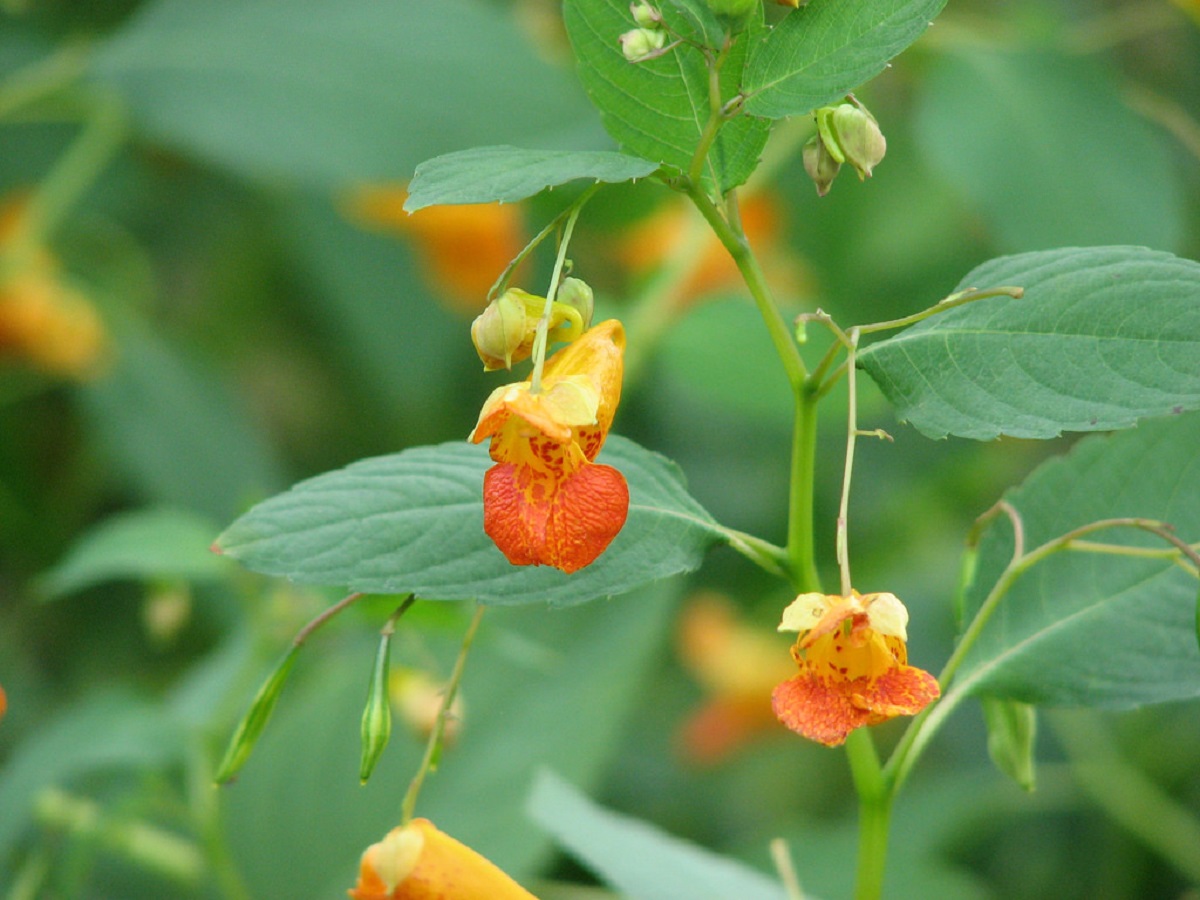
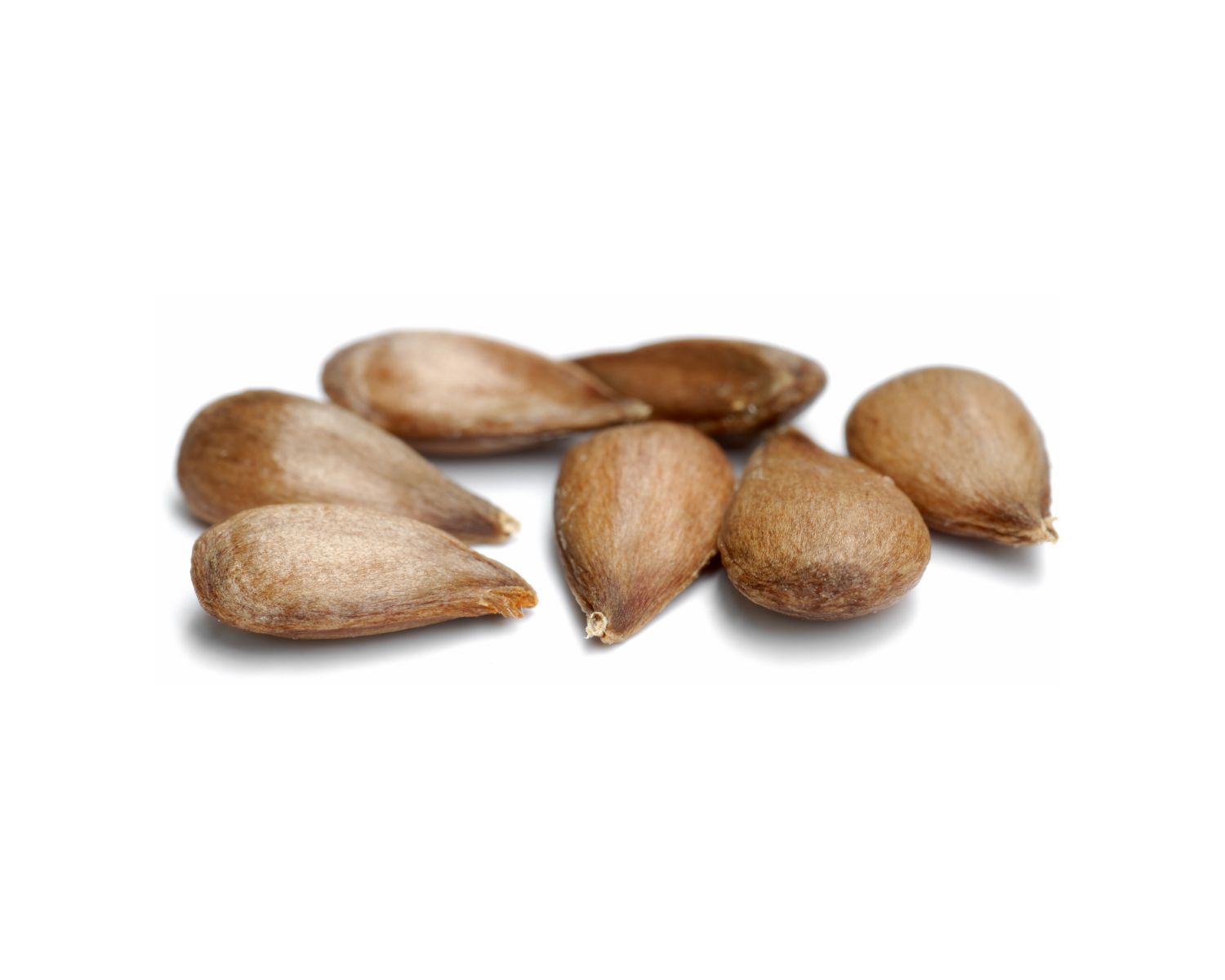


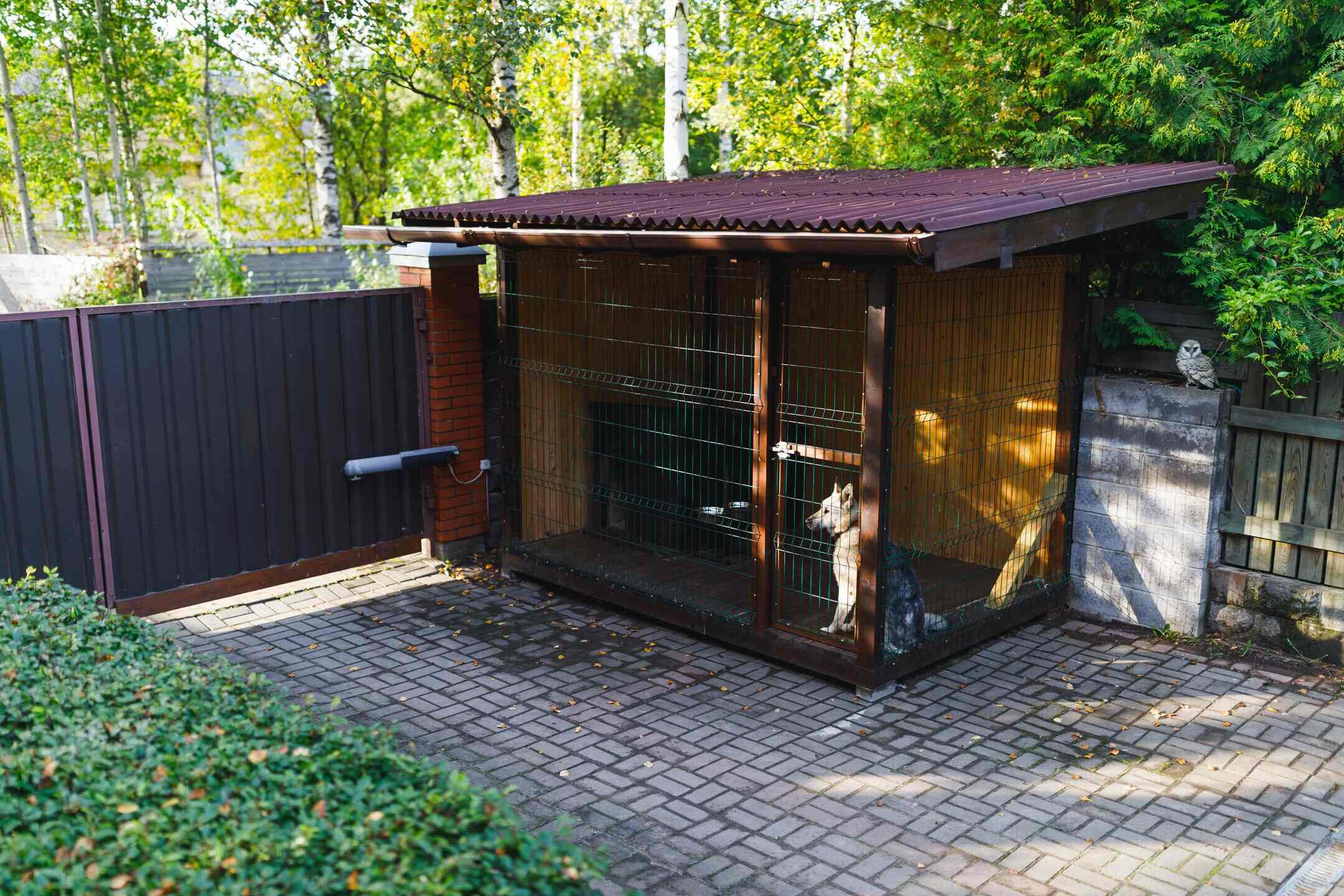
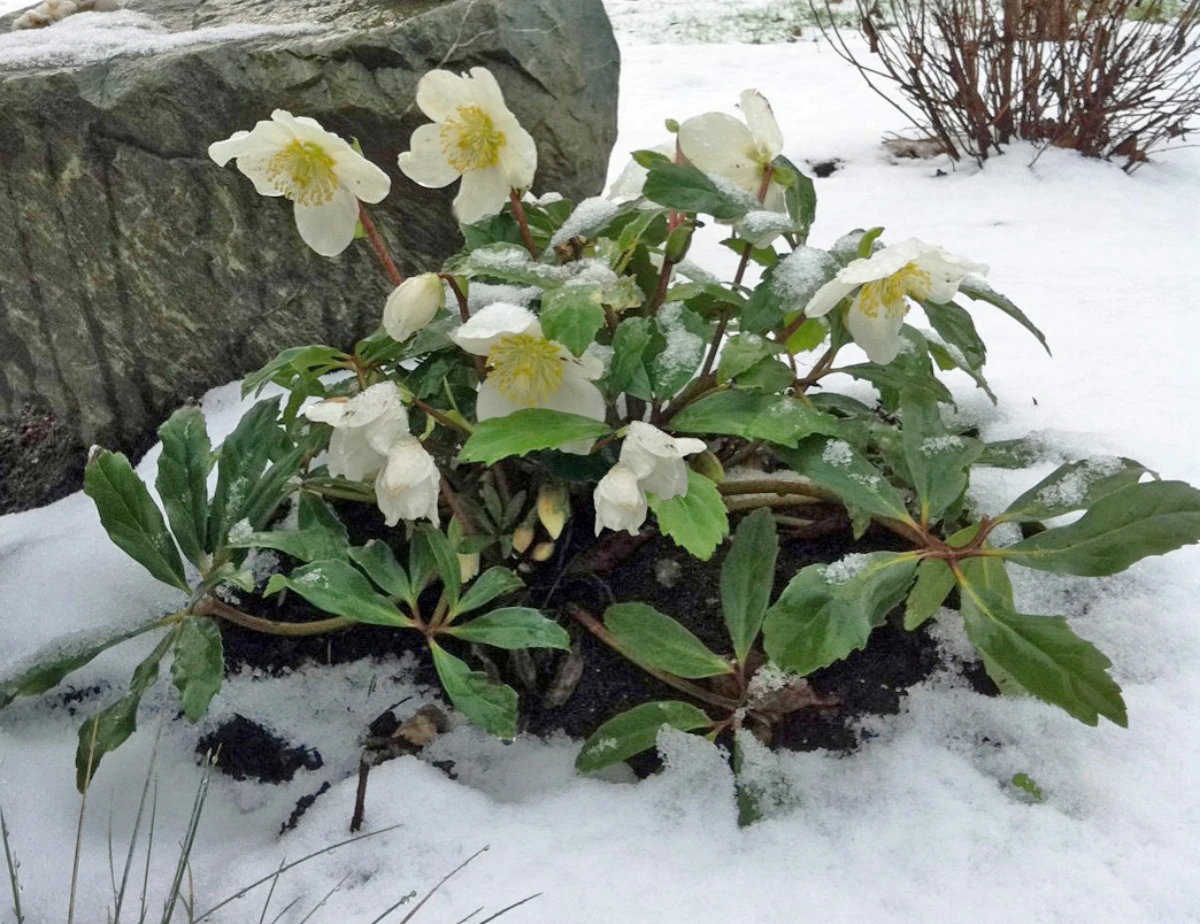
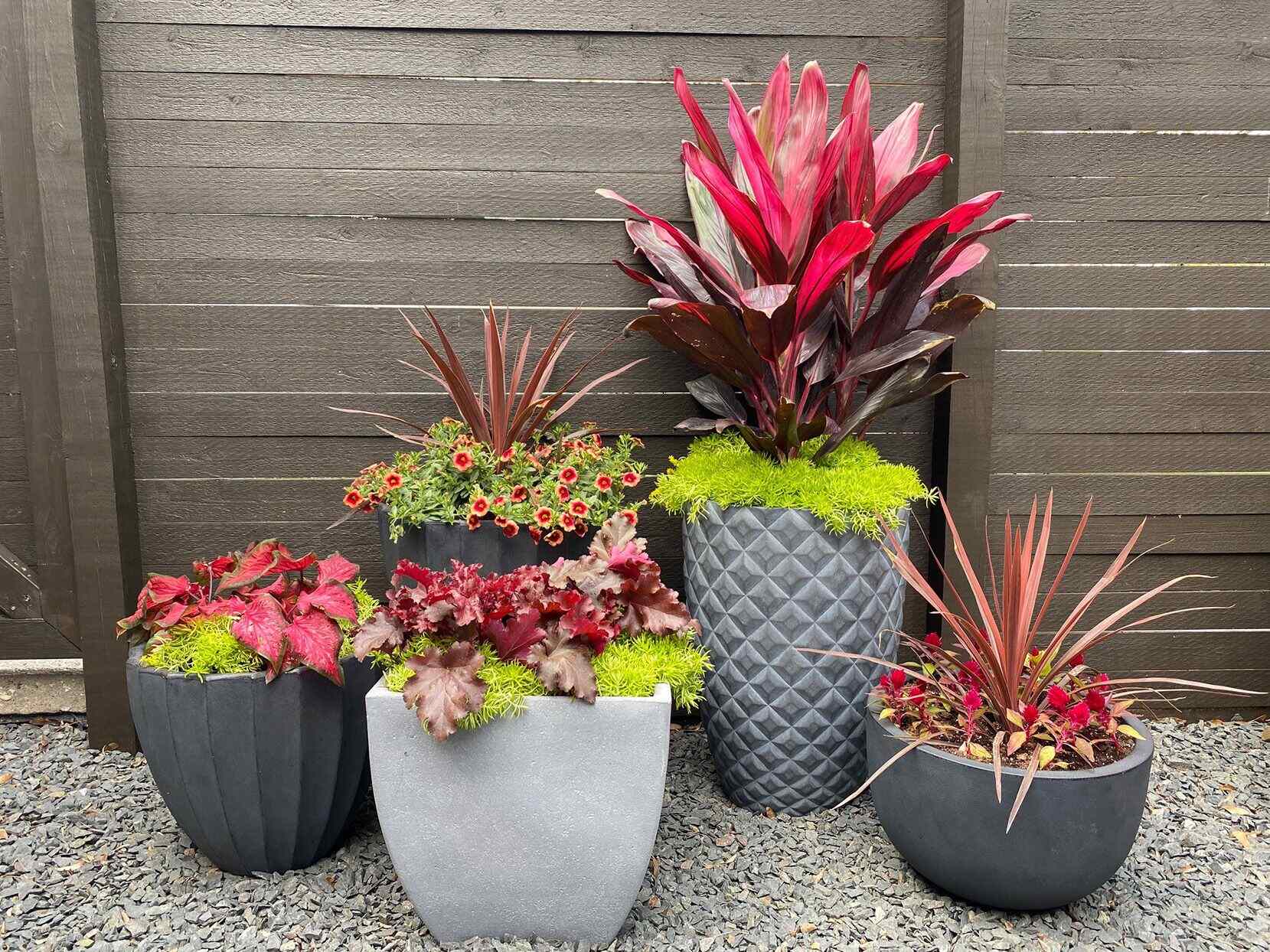
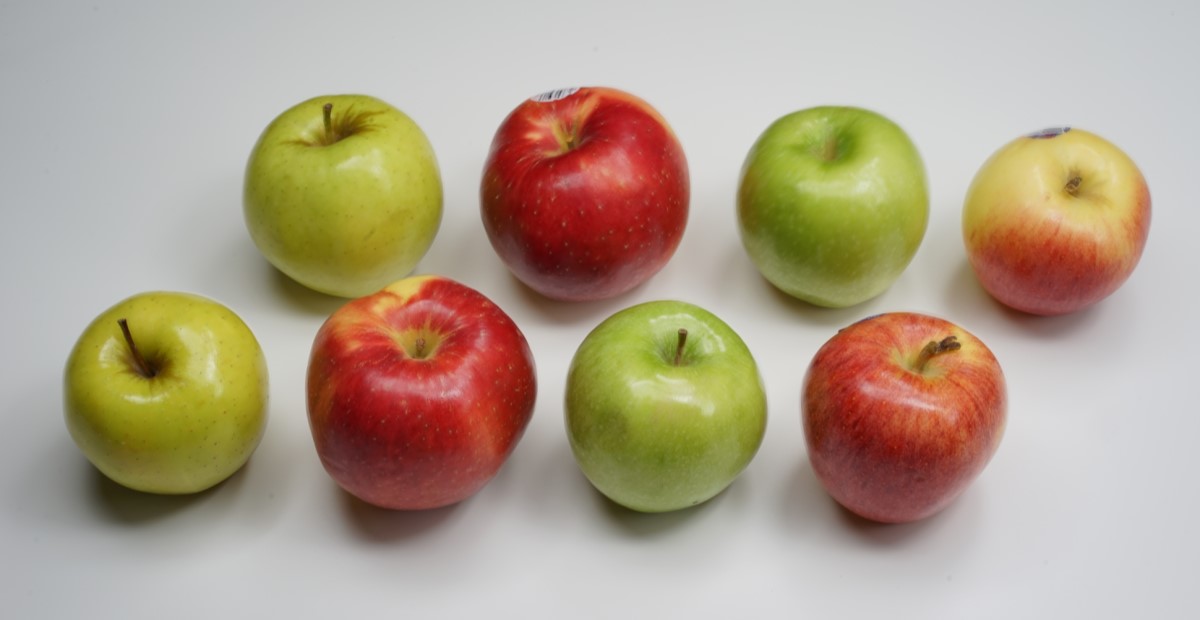
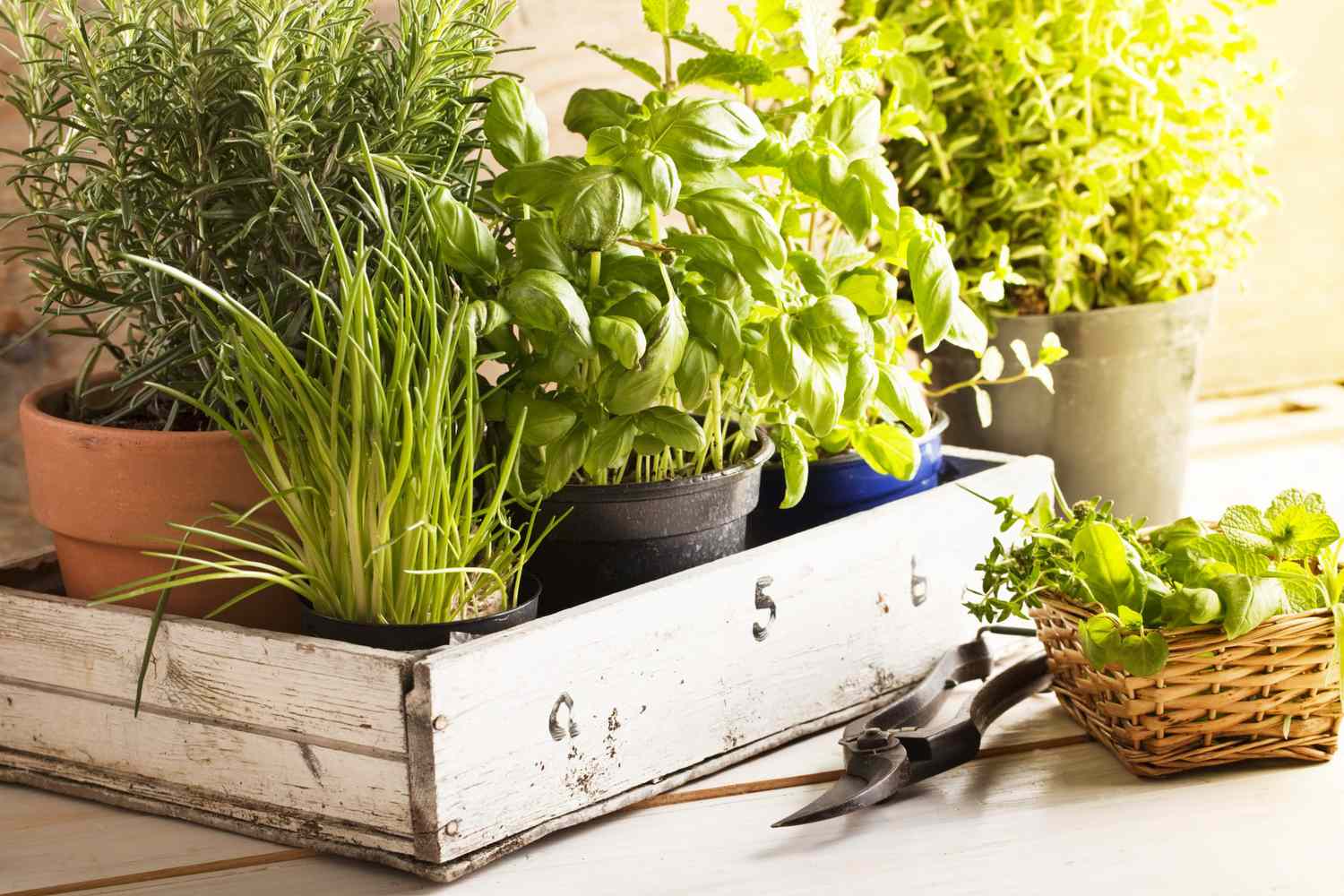
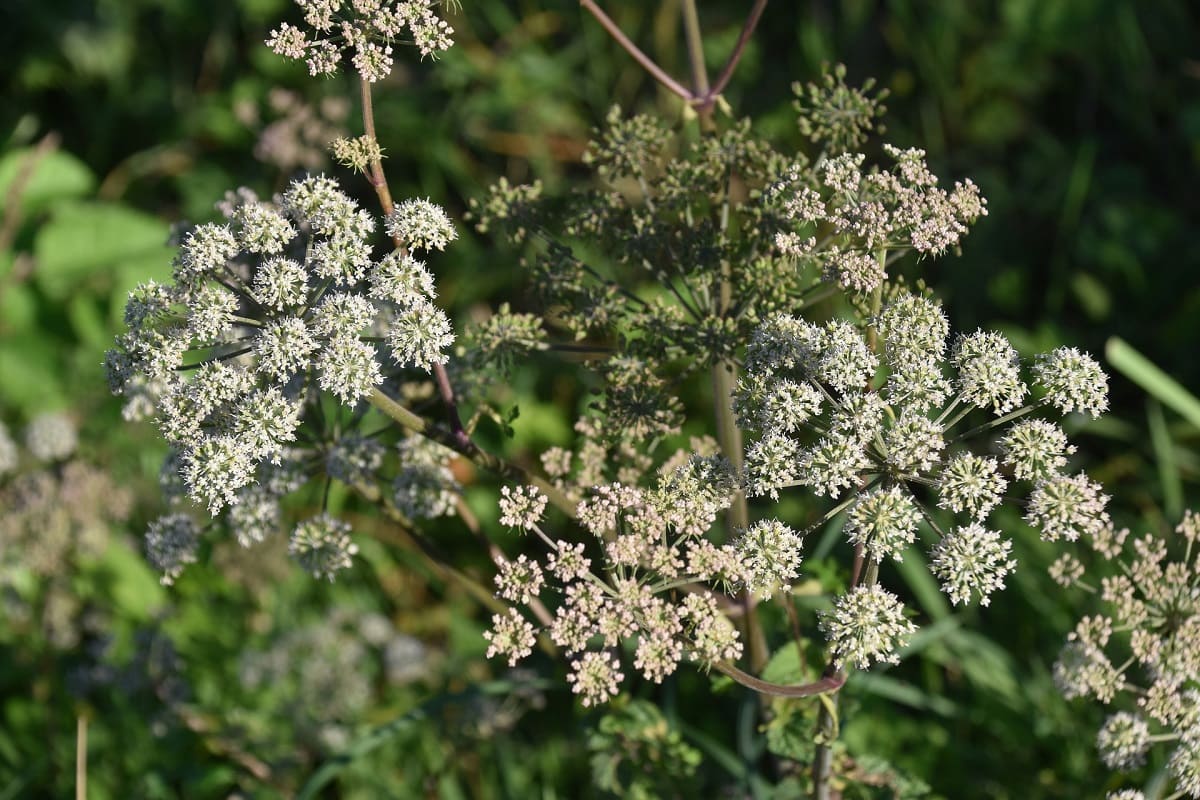
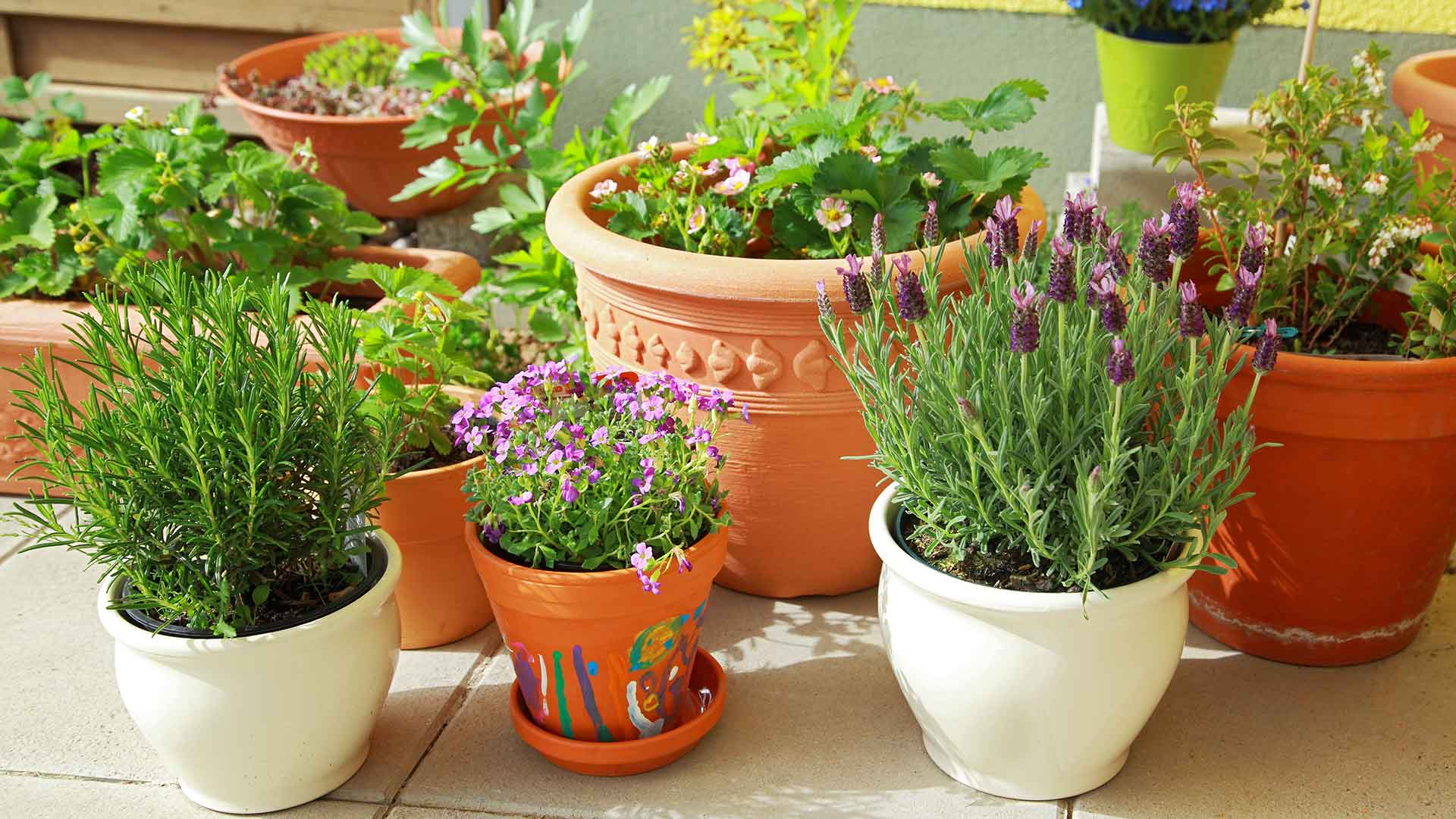
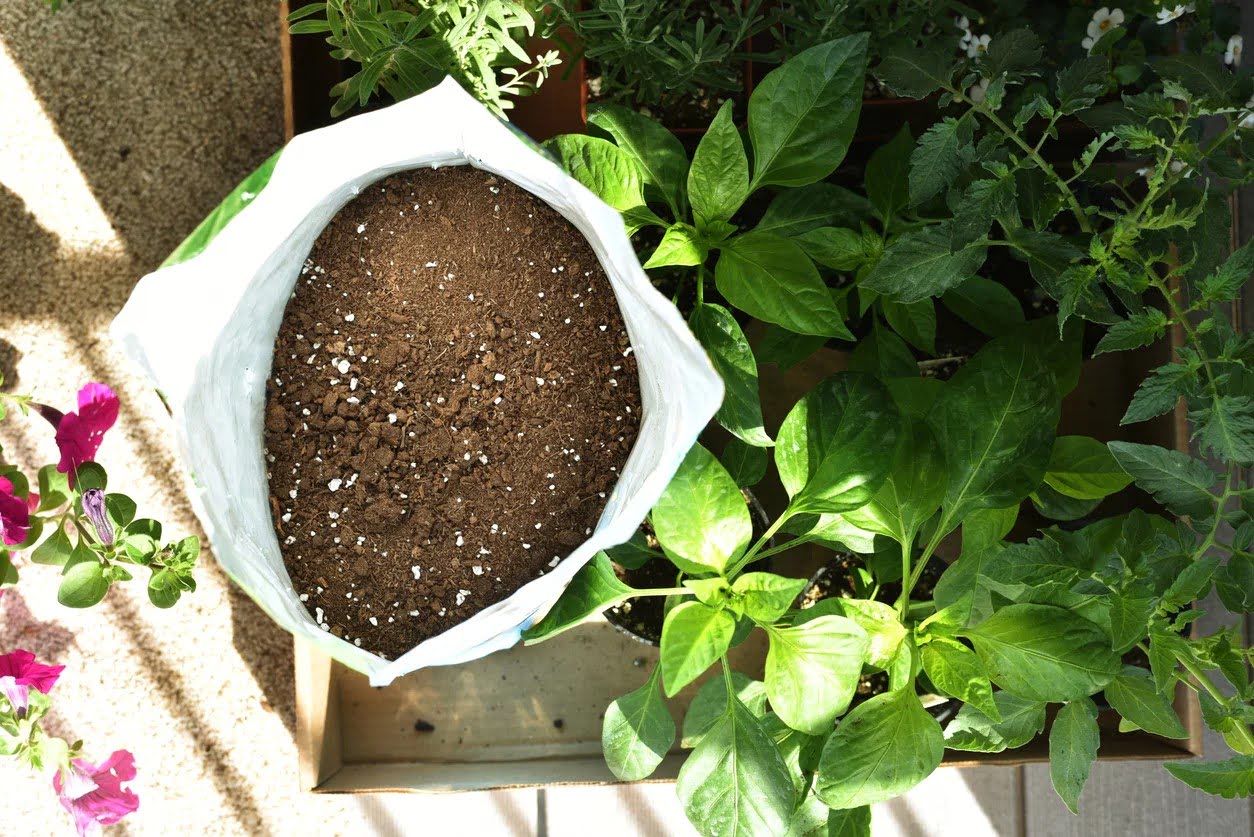
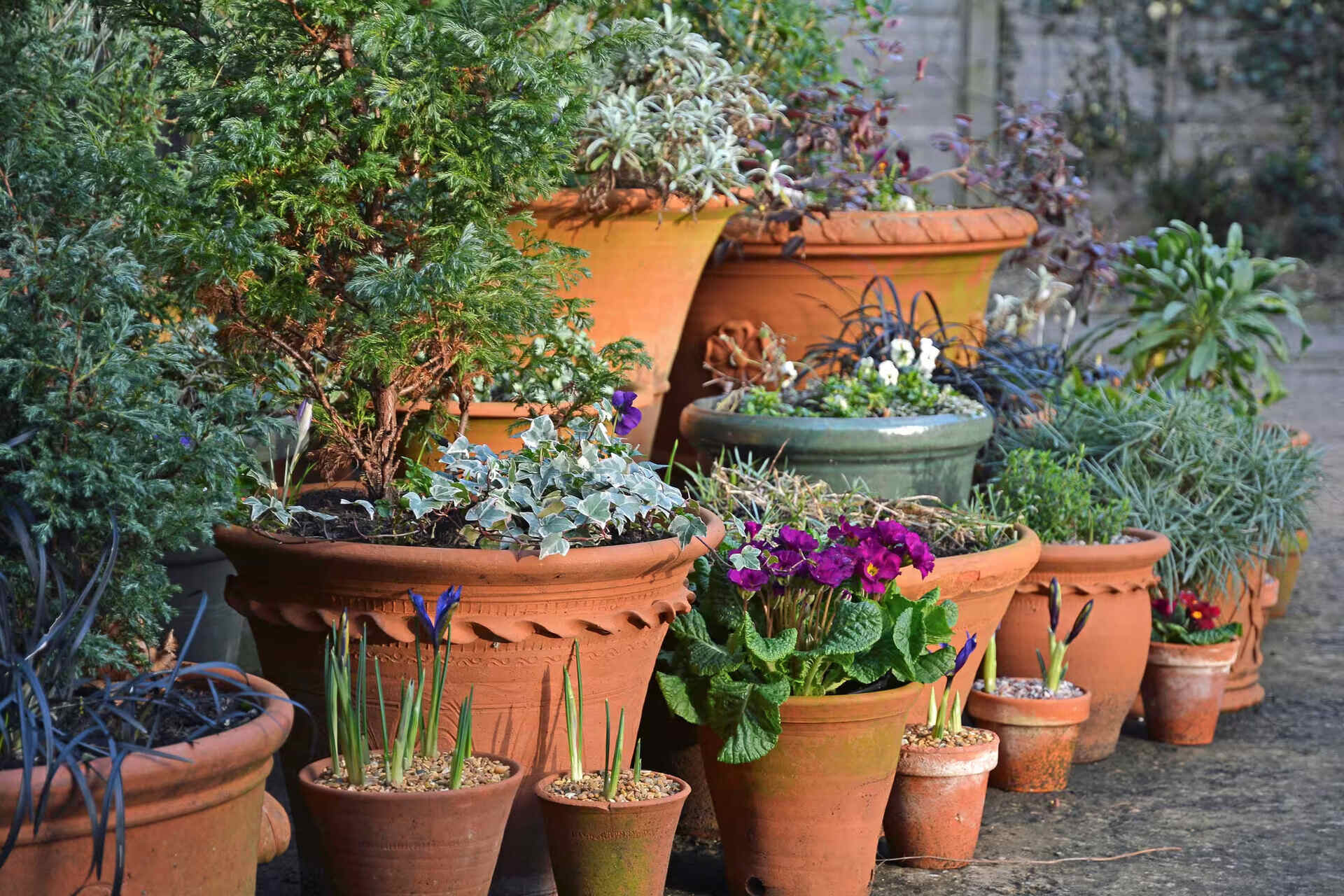
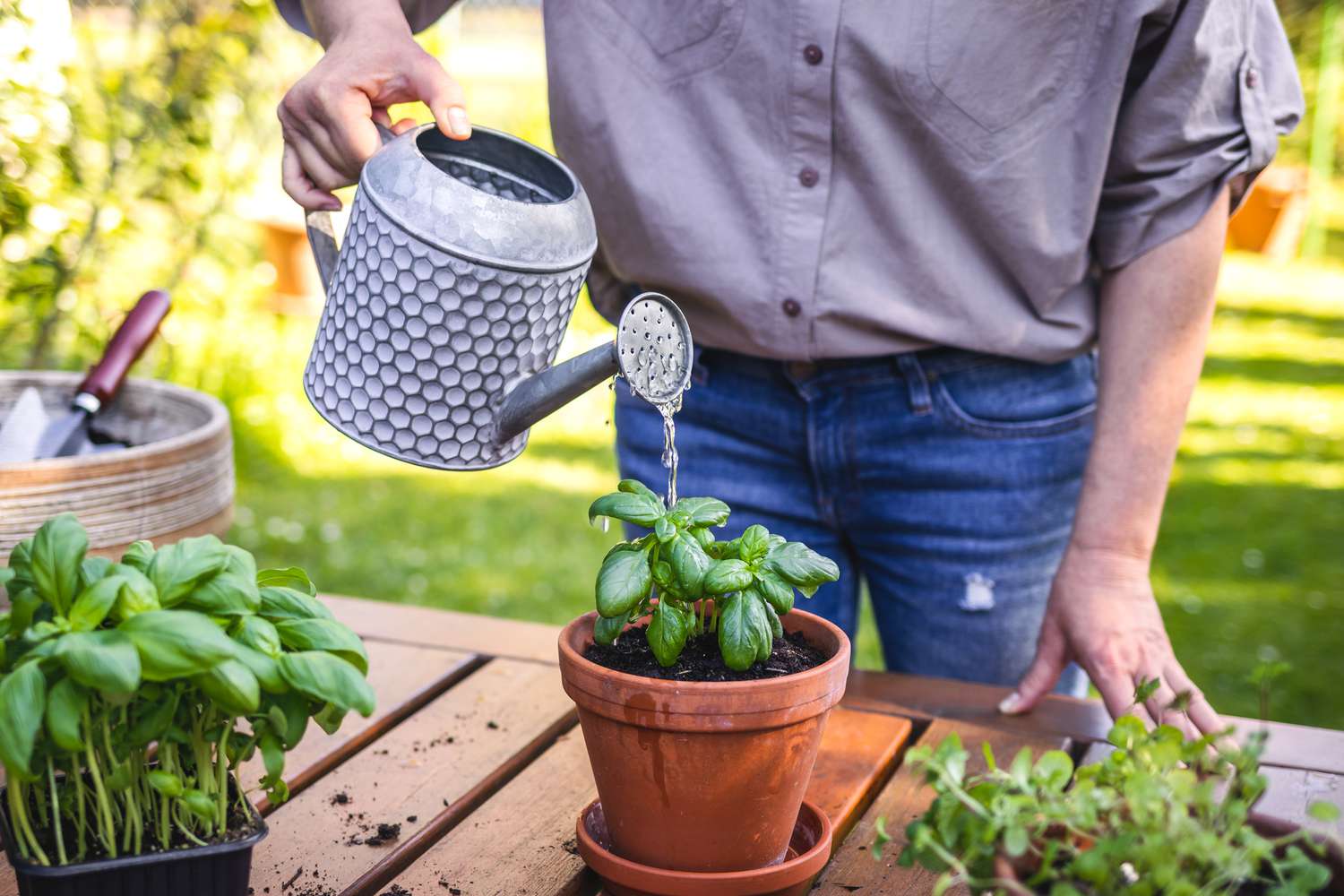

0 thoughts on “What Outdoor Plants Are Poisonous To Dogs?”